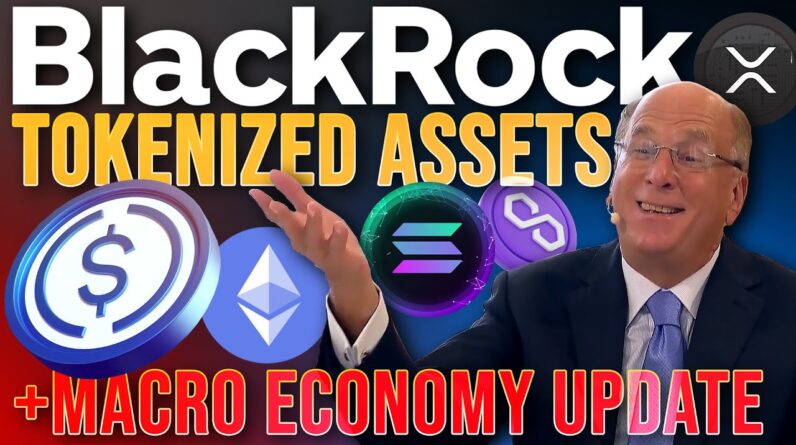
The BlackRock CEO, in a recent statement, dropped some hints regarding the potential impact of DeFi and a potential bull run in the market. This revelation has left investors and cryptocurrency enthusiasts intrigued and optimistic about the future. In this comprehensive breakdown, we delve into the implications of these hints and analyze how they might shape the landscape of the crypto industry. With this insightful analysis, get ready to gain a deeper understanding of the exciting possibilities that lie ahead!
BlackRock CEO Hints at DeFi & Bull-Run! 🚨FULL BREAKDOWN🚨
Introduction
In a recent video released by the Paul Barron Network, BlackRock Inc.’s CEO, Larry Fink, makes some intriguing predictions about the future of the economy and the impact of decentralized finance (DeFi). Focusing on key topics such as interest rates, immigration, stablecoin lending, and cryptocurrency, Fink’s insights provide a comprehensive overview of the current financial landscape. This article will delve into the video’s main points and shed light on the potential implications for investors and the wider economy.
The Impending Rise in Treasury Yields
BlackRock’s CEO, Larry Fink, begins the video by discussing the possibility of 10-year Treasury yields exceeding 5% in the near future. He attributes this potential rise to geopolitical shifts and significant supply chain disruptions, both of which may lead to persistent inflation. Fink believes that despite these challenges, the US economy remains robust, and if a recession does occur, it might not happen until 2025.
Tokenized Assets and the Emergence of DeFi
One notable aspect of the video is Fink’s recognition of the growing popularity of tokenized assets within the decentralized finance (DeFi) space. As blockchain technology continues to evolve, the concept of tokenizing traditional assets like treasuries is gaining traction. Fink emphasizes the potential benefits and risks associated with this shift in the financial landscape.
The Video Breakdown
Throughout the video, Fink addresses various topics through timestamps. These topics include interest rates, potential rate cuts, the blame placed on high wages and lack of immigrants, corporate greed, and false wage increase claims. He also touches on BlackRock’s controversial reputation as being anti-worker and the ongoing immigration crisis, shedding light on their significance in the current economic climate.
The Fear versus Hope Debate
One thought-provoking aspect of the video is the question of whether the anticipated recession will be as severe as many fear or if there is room for hope. Fink encourages viewers to consider the psychological aspects of economic downturns and the role they play in shaping our perspectives. By examining both the potential negative outcomes and the potential for positive change, Fink challenges conventional thinking and encourages a more nuanced approach to understanding economic cycles.
Rethinking Bank Lending and the Pitfalls of Stablecoin Lending
Fink briefly touches on the potential for reimagining traditional bank lending practices in light of the rise of DeFi. He highlights the advantages and disadvantages of stablecoin lending, questioning its long-term sustainability and potential risks. By highlighting the need for innovation and responsible lending practices, Fink underscores the importance of fostering a robust and secure financial ecosystem.
Ripple’s Advertisement and Regulatory Concerns
The video also mentions Ripple’s recent advertisement campaign, which has raised questions about the potential risks associated with the cryptocurrency. Fink emphasizes the need for regulatory clarity and the importance of balancing innovation with investor protection. This highlights the broader discussion surrounding stablecoin regulation and the challenges that still need to be addressed to ensure a safe and transparent crypto marketplace.
Government Actions, Smart Contracts, and Blockchain Tests
Another topic explored in the video is the slow pace of government actions and their implications for the evolving financial landscape. Fink suggests that exploring the benefits of smart contracts and implementing agile regulatory frameworks could help overcome these challenges. He also highlights the Visa blockchain test and draws comparisons between the scalability of Solana and Polygon, shedding light on their potential impact on the future of DeFi.
Conclusion
In conclusion, the video created by Paul Barron Network, featuring BlackRock CEO Larry Fink, provides valuable insights into the future of the economy, the rise of decentralized finance (DeFi), and the challenges and opportunities that lie ahead. Fink’s assessments regarding interest rates, immigration, stablecoin lending, and cryptocurrency present a comprehensive analysis of the current financial landscape. As investors and policymakers navigate these complex dynamics, it is crucial to remain vigilant, adapt to technological advancements, and strike a balance between innovation and risk management.
FAQs
- What are the key topics discussed in the video?
- The key topics discussed in the video include interest rates, potential rate cuts, blame on high wages and lack of immigrants, corporate greed, and false wage increase claims.
- What is the significance of tokenized assets in the DeFi space?
- Tokenized assets have gained popularity within the DeFi space, allowing traditional assets like treasuries to be transacted on the blockchain, providing increased accessibility and liquidity.
- Why is BlackRock criticized for being anti-worker?
- BlackRock has faced criticism for its perceived role in widening socioeconomic disparities and prioritizing shareholder value over workers’ rights.
- What is the fear versus hope debate mentioned in the video?
- The fear versus hope debate centers around the potential severity of the anticipated recession and whether there is room for optimism amidst economic challenges.
- What are the benefits of smart contracts and agile regulatory frameworks?
- Smart contracts offer automated and transparent agreements, while agile regulatory frameworks can adapt to emerging technologies, fostering innovation while ensuring investor protection.
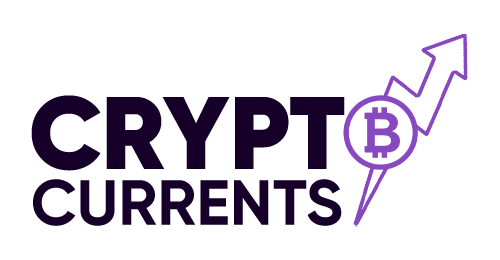
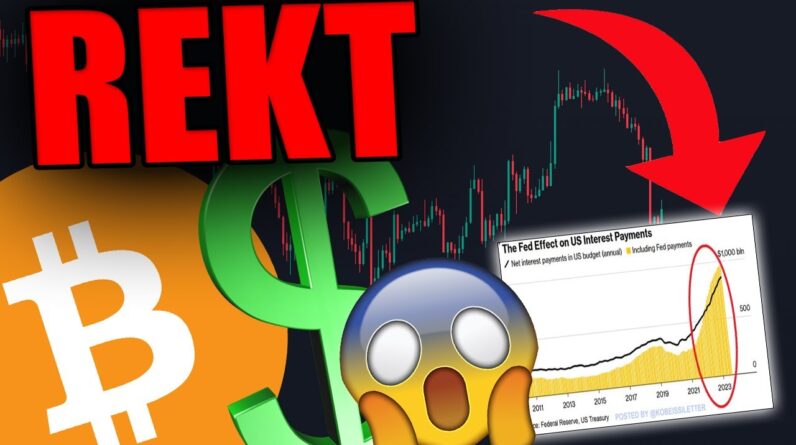

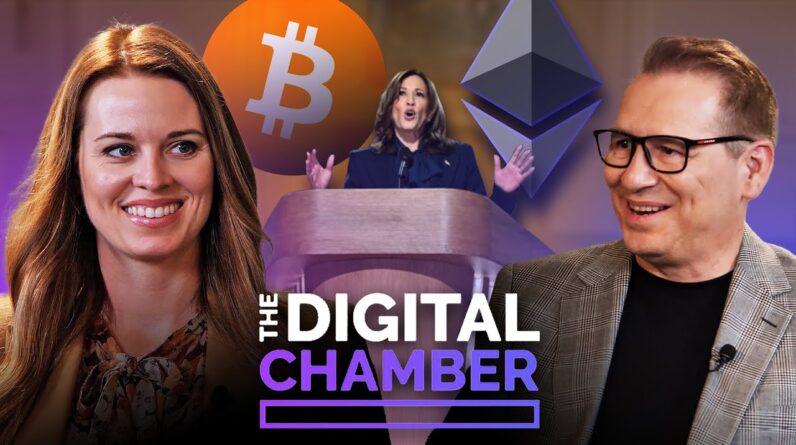
![THESE BITCOIN WHALES JUST FOOLED EVERYONE! [Exact strategy....]](https://www.cryptocurrents.net/wp-content/uploads/2024/08/these-bitcoin-whales-just-fooled-everyone-exact-strategy-WhgubJxMmeA-796x445.jpg)
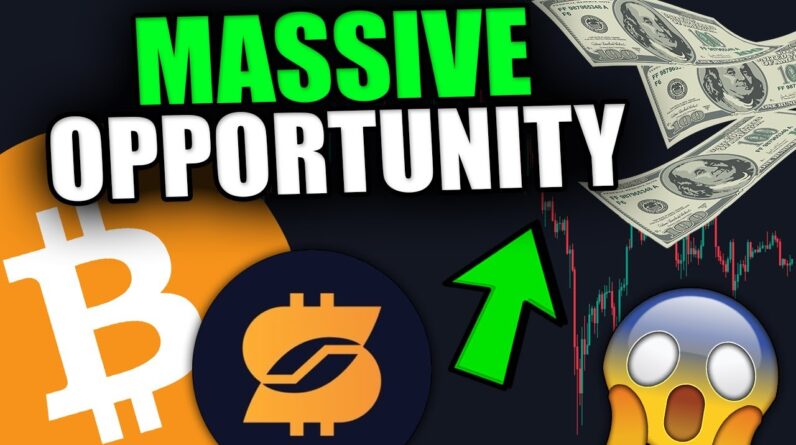
![WARNING: EVERY BITCOIN BEAR WILL BE LEFT CRYING [Huge chart.....]](https://www.cryptocurrents.net/wp-content/uploads/2024/08/warning-every-bitcoin-bear-will-be-left-crying-huge-chart-jgadWvvgEJw-796x445.jpg)